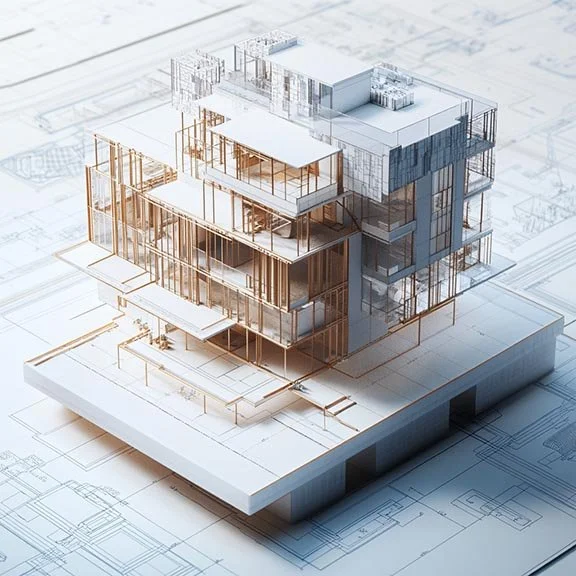Enhancing Sustainability in Architecture: An Algorithmic Approach
In the effort to design more energy-efficient and environmentally friendly structures, architects are increasingly turning to artificial intelligence (AI) and pattern recognition to assist in the selection of building materials. A new algorithmic approach to material selection is gradually being adopted and integrated into popular design tools such as Revit and AutoCAD. These tools collect environmental impact data and recommend materials that help minimize carbon emissions, waste, and resource use.
How It Works
Sustainable architecture is no longer a luxury—it has become a necessity in the modern design world. Tools like Revit and AutoCAD now include interfaces that use AI to assist with sustainable material selection.
These plugins collect detailed material information—including embodied carbon, recyclability, and durability—and match them with the specific needs of each project. In practice, architects input a set of design parameters, and the AI recommends materials that align with the project’s environmental targets. This process saves time and ensures sustainability is embedded from the earliest stages of design.
Key Benefits
Decreased Carbon Footprint
AI-based tools analyze materials based on cradle-to-grave carbon emissions, enabling architects to choose options with the lowest embodied carbon. This is crucial in reducing the environmental impact of construction projects.
Better Waste Management
By predicting material waste, AI algorithms allow architects to modify designs and minimize excess. This aligns with circular economy principles, promoting smarter, more efficient material use.
Improved Performance in Green Certifications
Sustainable projects often aim to meet standards like LEED or the WELL Building Standard. AI-assisted material selection automates compliance checks, helping firms streamline the certification process.
Optimal Costs
Contrary to the belief that sustainable materials are always expensive, AI helps identify affordable, eco-friendly alternatives—allowing architects to meet sustainability goals within budget.
Challenges to Overcome
While promising, algorithm-driven material selection still faces some obstacles:
Integration Complexity: Adapting AI tools into Revit or AutoCAD workflows can require significant time and technical knowledge.
Data Reliability: The success of AI suggestions depends on the accuracy and completeness of the material databases being used.
Learning Curve: Architects and designers may need training to understand and implement AI-driven recommendations effectively.
Real-World Applications
Firms that have embraced AI-driven material selection are reporting notable sustainability gains. For example, a New York-based architectural firm recently reduced material waste by 15% on a commercial project by using a Revit plugin that includes lifecycle analysis.
Future Outlook
The integration of AI with Building Information Modeling (BIM) tools is expected to accelerate. Future developments will likely focus on:
Real-time environmental impact assessments
Stronger circular economy integration
Automated optimization for both sustainability and cost-efficiency
As regulations around sustainable construction tighten, AI-driven material selection is positioned to become a core standard in architectural practice.
Conclusion
Algorithm-driven material selection is revolutionizing how architects approach sustainability. By embedding AI tools into platforms like Revit and AutoCAD, the design industry can make smarter, faster decisions that reduce environmental impact—without compromising design or budget.
As the technology evolves, it will become an increasingly powerful force in the transition to greener, more responsible architecture.
Sustainable architecture is no longer a luxury
New algorithmic approach to material selection is gradually being adopted and integrated into the design software tools such as Revit and AutoCAD

